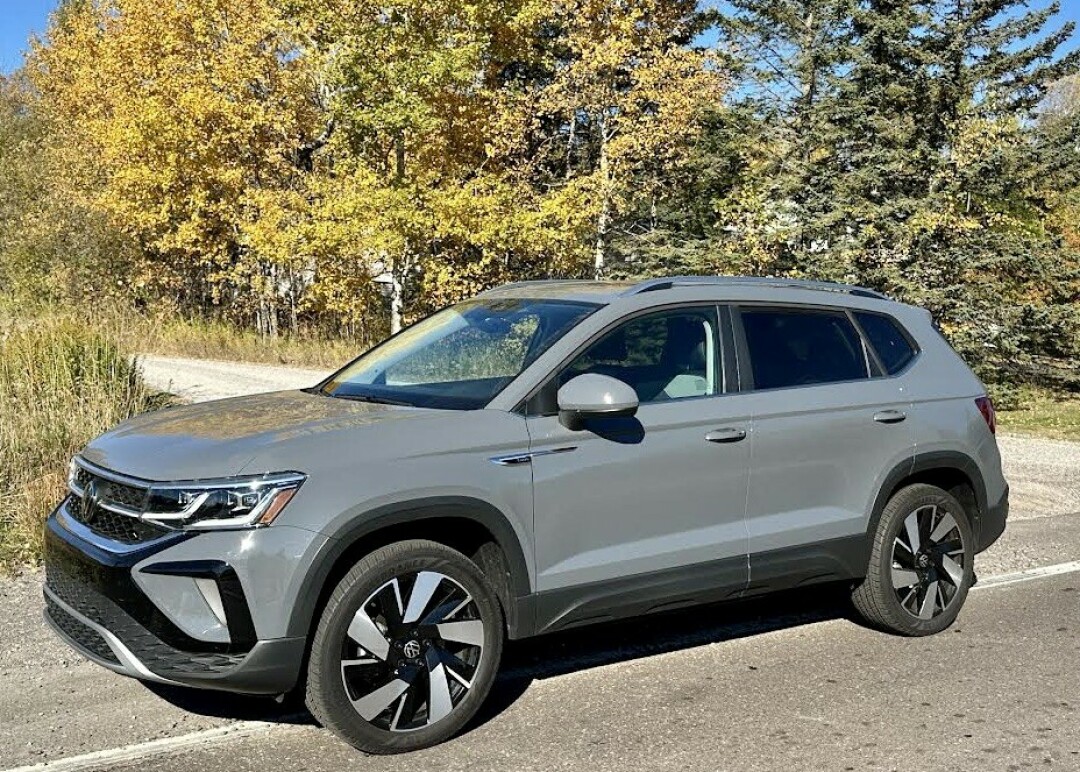News & Articles
Browse all content by date.

The topic of EV range, and the accompanying range-anxiety, remained the hottest topics when discussing the evolution toward pure electric vehicles compared to the conventional gasoline-powered vehicles.
We got a chance to see both sides of the topic at the recent Chicago Drives Electric symposium held in the northwest Chicago suburb of Oakwood Terrace.
After seeing the newest EVs from the U.S., Europe, Japan and Korea, and driving short bits in many of them, we drove home in a conventional VolkswagenTaos, a compact SUV that proves that losing the excess size and weight of larger SUVs makes it easy to make a gas-powered car as efficient as anything this side of hybrids or EVs.
As we drove home on Illinois freeways, Wisconsin highways, and across the Blatnik Bridge into Duluth, we had kept a close eye on the fuel gauge and the trip computer, and noted that we could make it the whole, 500-mile distance on one tankful of gas.
We noted that we attained more than 35 miles per gallon much of the way, and had a total of 33 mpg. Driving the Taos for the following week in and around the hillsides of Duluth, we got 29.4 — still excellent for an all-wheel-drive SUV, regardless of size.
The Taos is surprisingly roomy inside, as well as in the rear storage area under the hatch, but every bit as surprising is that while it took no small amount of investigation to discern the engine size. We learned it was a comparatively tiny 1.5-liter turbocharged 4-cylinder, with 158 horsepower an 184 foot-pounds of torque.
That’s not a lot of power, but it propelled the tight and agile Taos with a lot of pep.
At the Chicago Drives Electric session, we heard a panel discussion explain the difficulties Chicago has expanding its charging infrastructure, especially in the dense, downtown high-rise areas. But they also announced the expectation that one car out of every five sold in Chicago will be electric by the end of this year. And that reaching 8 percent of the market may not seem like much, but it will account for 1.2 million vehicles.
General Motors is making bold strides to catch and pass Ford as far as domestic EVs are concerned.
After working with South Korean electronics conglomerate LG Chem, GM worked out arrangements for joint battery-building plants in Spring Hill, Tenn., and Warren, Mich., with a third being built in Lansing, Mich.
Their objective is to use new technology to expand the power and range of the battery packs while lowering the price of EVs.
GM CEO Mary Barra was the subject of a New York Times article on GM’s progress toward its objective of electrifying GM vehicles, and described a process of linking battery cells into modules of 24 cells each, in 2-foot plastic pouches.
The new Chevrolet Equinox and Blazer offer EV versions using the new battery packs, and early tests of the Equinox show that their EVs reach more than 300 miles of range, and cost $35,000 — not counting the $7,500 tax refund from the government.
GM registered a 60-percent increase in EV sales for the third quarter of this year, and anticipates overall EV sales will account for 10 percent of all vehicle sales by the end of December of this year.
In Chicago, 80 percent of EV charging is done at home, and work is being pursued to expand the public charging stations in anticipation of continued growth. The West Coast is far ahead of the Midwest cities and states in expanded charging stations.
Illinois, it was pointed out, has twice the miles of road and highways, yet has 40 percent fewer charging stations. All of which means Washington — or California or Oregon — residents might be much wiser to invest in an EV than Midwesterners.
I’ve written repeatedly about the Duluth area and its lack of charging stations. Dozens are listed on various brochures and publications, but many of those are either off-limits or out of circulation. We do need to catch up, badly.
That brings us back to the Volkswagen Taos. Its sticker prices range from $24,000 to $34,000, depending on whether you get the front-wheel-drive or all-wheel-drive, like the SEL model we drove.
We liked all the amenities, particularly the agility, the compact size, the excellent fuel economy — and the complete lack of range-anxiety, unless you’re trying to stretch your trip of more than 500 miles into one tankful.
| Tweet |


